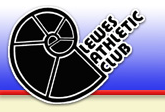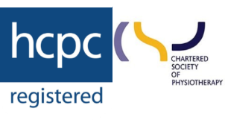It's that time of year again when it gets dark early and the weather is general wet and a little bit miserable. The only up side to all of this is that for some of us this means that it's time to hit the slopes. Preparation for this holiday is key and by preparation I don't just mean dusting off the old ski gear! Preparation for such a physically demanding holiday should involve some physical effort. On average you will be on the slopes a staggering six hours per day. This level of physical exertion has a huge toll on the body. To make the most of your trip and to help avoid fatigue and injury we have put together some top tips for getting ski and snowboard fit:
- Cardio fitness - most injuries on the slopes occur later in the day when fatigue has set in. By increasing your cardio fitness you will decrease your levels of fatigue thus great reducing your chances of injuries. Simply cycling, running, swimming or playing a sport like tennis, squash or football you can help improve your cardiovascular fitness. 35-40 minutes of any of these activities three times a week will really help.
- Strengthen - strengthening your legs to help handle the prolonged loads of skiing and snowboarding is key. Exercises like squats, lunges, dead lifts and calf raises are very beneficial. As your leg strength improves incorporating some ploymetric exercises can really help. Box jumps, squat thrusts, lateral lunges are a good place to start.
- Core - a strong core can help us really enjoy and make the most of our snow holidays. An exercise plan that includes sit ups, oblique twists, planks and Swiss ball abdominal work will have big benefits on the slopes.
- Balance - a week balancing on a thin piece of plastic while hurtling done icy mountains may not appeal to everyone but for those of us that do enjoy the thrill of ski and snowboard holidays working on balance before we go is vital. Simple exercises such as balancing on one leg can be a good starting point. This can be progressed to standing on a cushion to simulate and uneven surface. This can be further progressed to adding a distraction while balancing on the cushion something such as throwing a ball against a wall works quiet well. For the more advanced using wobble boards and bosu boards can also be incorporated.









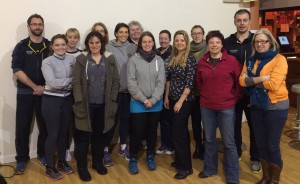
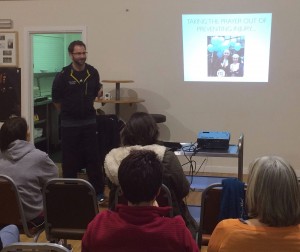
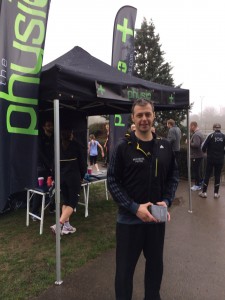
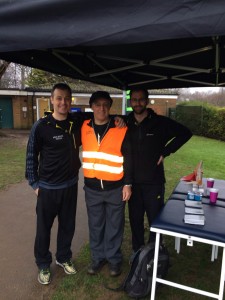
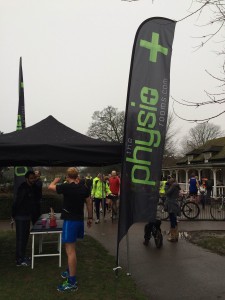
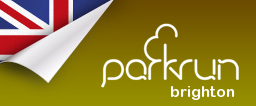 www.parkrun.org.uk/brighton/
www.parkrun.org.uk/brighton/
